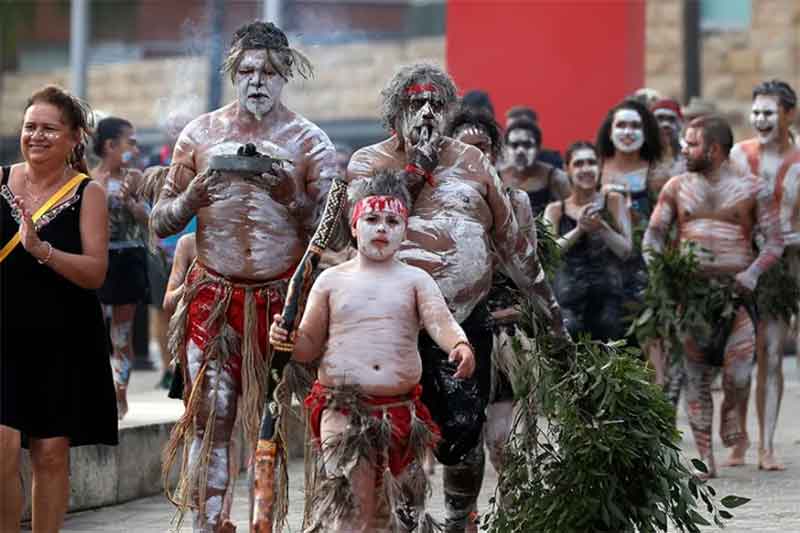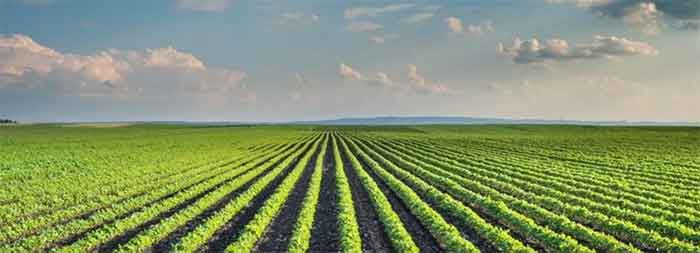Indigenous Relationality, gender, genocide, human atrocities and climate justice: Australia, Cambodia, China, Indonesia, India, Palestine, Ukraine: traditional and social media in the making of harm or help.

When voices speak from those who survive genocide to save our diverse civilisations through treating each other, animals and the planet as gently and respectfully as our mother, we must listen to survive or die.
My new and longitudinal research spans three decades and shares the alchemy of genocide, human atrocities, animals and land/water/skies and ferocious, radical compassion happening all around us right now.
What happens when Indigenous women and children are at the centre of healing, education, political movements, decision-making and communication, including mass and social media, at family, community, and all levels of governance in all forms ( Koerner & Pillay, 2019. Governance & Multiculturalism)? Does deep healing and deep change occur (Book: Koerner, 2024, Towards an Uluru Heart: Relationality, Identity and Justice in Australia Settler Colonial State)?. When Indigenous women are not, does only partial healing and partial change take place: online and offline discrimination, inequities, power imbalances, and suffering continue?
I acknowledge the Indigenous peoples throughout the continent of Australia as the First Nations of that land, waters and sky. I acknowledge my white Australian ancestry, of which I accrue a body of work to critique and know myself critically as a white Australian who fights for Indigenous land rights and political spaces and also struggles against the discriminations I have experienced in various nexus of power relations, especially patriarchy, class, dis/ability, remoteness.
I acknowledge the Indigenous peoples throughout the continent of Australia as the First Nations of that land, waters and sky. I acknowledge my white Australian ancestry, of which I slowly accrue a body of work to critique and know myself critically as a white Australian who fights for Indigenous land rights and political spaces and also struggles against the discriminations I have experienced in various nexus of power relations, especially patriarchy, class, dis/ability, remoteness.
I saw Independent Senator Lydia Thorpe speak in Parliament online about the Genocide Bill 2024. I followed up the call for submissions, impressed at the diversity of media acceptable and the note that all Indigenous experiences are considered specialist opinion in the office of Senator Lydia Thorpe, Independent. Senator Thorpe speaks with fierce compassion about the abominable violence inflicted on Indigenous women and children, the escalating over-incarceration of Indigenous women and children, and the need for an Australian Genocide Bill 2024.
I seek to understand how genocide and human atrocities occur before our collective human eyes. we do not see it; we do not name it as killing, murder, massacre or war crimes. Especially not when we stand on Australian soil.
Each incident has its specificity, it is unique in time and place and beings that bring it into manifestation. It does not appear from nowhere. There are many interactions, intersections of identities, race, gender, LGBTI queer, class, socio-economic, religious, spiritual, political, age, dis/ability, time and place and immediacies of embodiments for things of horror to be inflicted and suffered by humans and animals. So rather than trying to define each of these (race, gender, class, species, etc), How are these intersections of dominance operationalised to cause harm? Not just harmful, but the most heinous acts possible that destroy diverse civilisations and the animals and environment. And how are these categories simultaneously formed in binaries that privilege some?
War crimes, genocide, human and animal atrocities and climate change already present are indeed evidence enough that these intersections of power keep being created and re-created around the globe to cause harm. The most heinous harm is being inflicted and suffered in the world in multiple places as I type this essay. Our planetary collective survival as humans and the environment that sustains us and our animal brothers and sisters depend on us to stop the harm and begin to help.
Subscribe to Our Newsletter
Get the latest CounterCurrents updates delivered straight to your inbox.
Repeatedly, Indigenous Australians invite non-Indigenous citizens to join them in proper relationship with Indigenous sovereignty. Most poignantly is the recent ‘no’ vote in the referendum for a voice to parliament for Indigenous folk to advise on policy affecting them. Much policy in Australia adversely impacts Indigenous children, families, and communities because it is ill-conceived without Indigenous people.
Now, Australians must seek a different path to understanding a past genocide that directly benefits each non-Indigenous Australian. We need to understand the impact of and the arguments by online traditional mass media and social media that together overturned a nation willing to come into an authentic partnership with Indigenous Australians. How can we bring the Uluru Statement from the Heart to become the touchstone of Australian Indigenous and Non-Indigenous Identities?
Dr Catherine Koerner, Senior Research Fellow, Northern Institute: People, Policy, Place, Charles Darwin University, Australia.









































